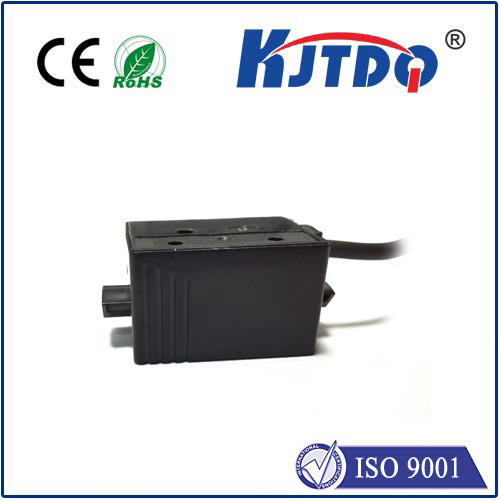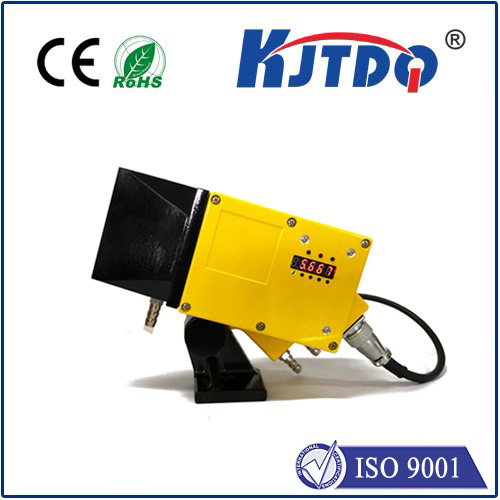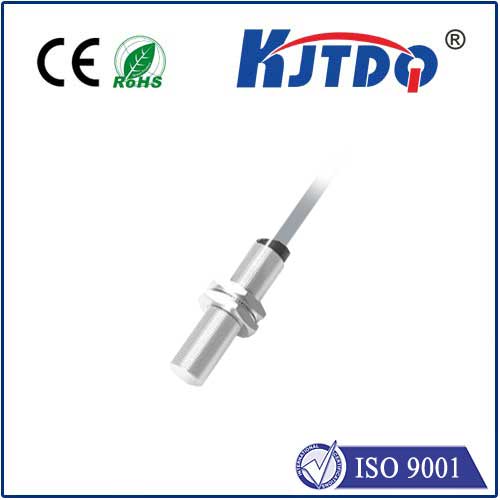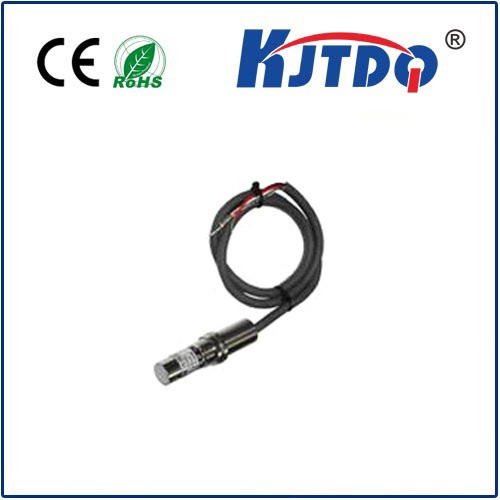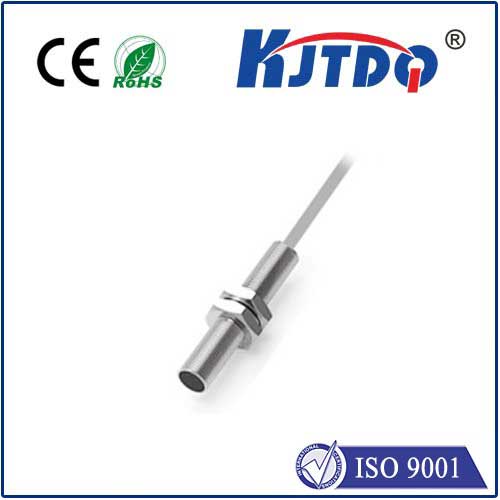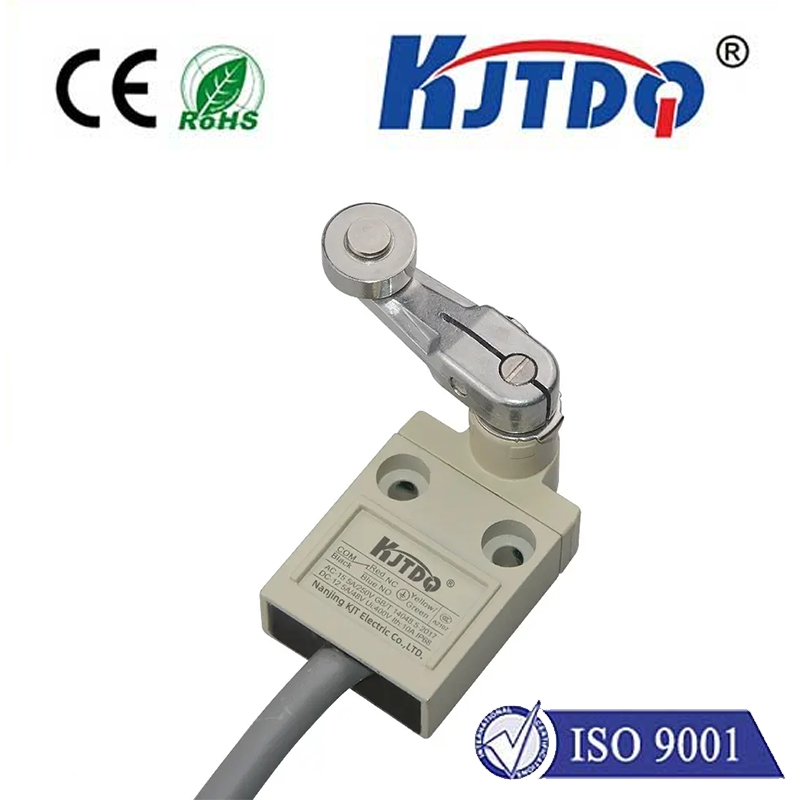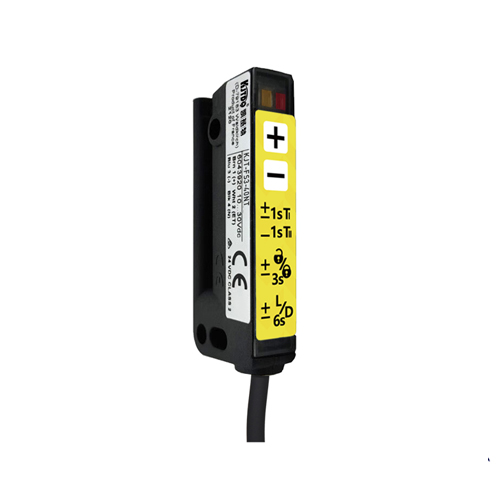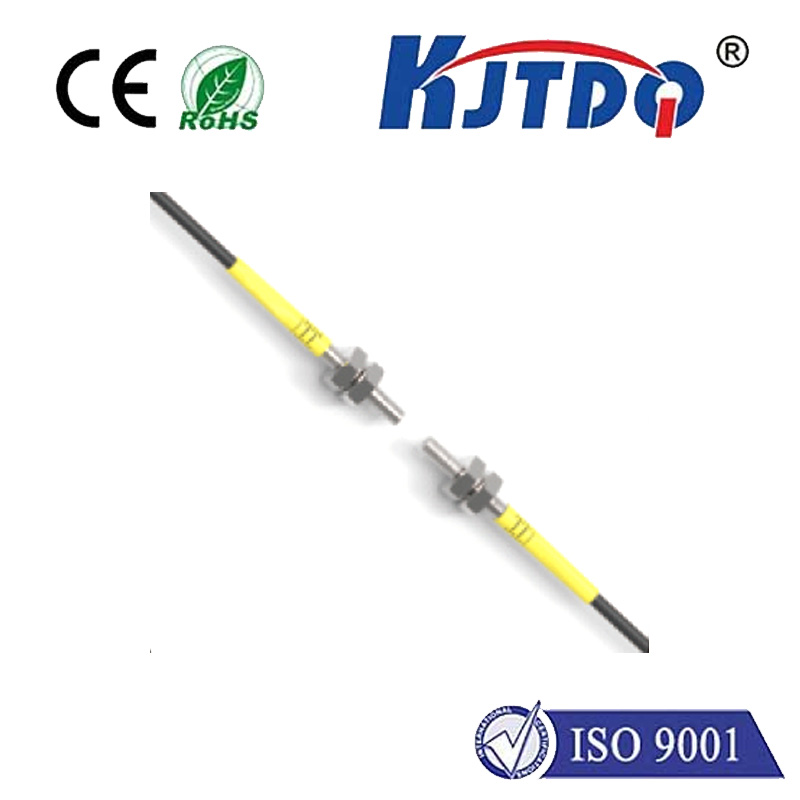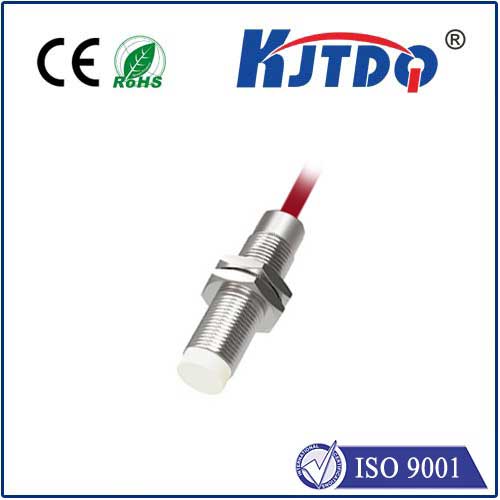SICK Sensor Laser Technology: Revolutionizing Industrial Automation and Precision Sensing In an era where milliseconds and micrometers determine operational success, industries are racing to adopt technologies that deliver unmatched accuracy, speed, and reliability. Enter SICK sensor laser systems—a cutting-edge innovation redefining how factories, warehouses, and smart facilities operate. From automotive assembly lines to pharmaceutical packaging, these advanced sensors are becoming the backbone of modern automation. But what makes them indispensable? Let’s explore how SICK’s laser sensor technology is transforming industries and why it’s a game-changer for businesses aiming to stay competitive.
At its core, a SICK sensor laser operates by emitting focused light beams to detect, measure, or track objects with extraordinary precision. Unlike traditional optical sensors, which rely on diffuse reflection, SICK’s laser-based systems use time-of-flight (ToF) or triangulation principles to calculate distances down to sub-millimeter accuracy. This capability is critical in environments where even minor errors can lead to costly downtime or safety hazards. For instance, in automotive manufacturing, laser sensors ensure robotic arms weld components at exact positions, while in logistics, they enable autonomous guided vehicles (AGVs) to navigate narrow aisles without collision. The secret lies in SICK’s proprietary algorithms, which filter out environmental noise—such as ambient light or vibrations—to deliver consistent, reliable data in real time.
The versatility of SICK laser sensors makes them indispensable across sectors. Here’s a glimpse into their transformative roles:

While many companies offer laser sensors, SICK AG—a German leader in sensor solutions—distinguishes itself through engineering excellence and adaptability. Their sensors are built to withstand harsh conditions, including extreme temperatures, dust, and moisture, making them ideal for heavy industries like mining or agriculture. One standout example is the SICK LMS1000 series, a LiDAR sensor capable of scanning environments at 50 Hz with a 270-degree field of view. This high-speed performance is crucial for applications like drone-based land surveying or real-time traffic monitoring. Additionally, SICK’s sensors integrate seamlessly with IoT platforms, enabling predictive maintenance and data-driven decision-making.
As industries embrace digital transformation, SICK sensor laser technology is evolving to meet new demands:
Despite their advantages, deploying laser sensors isn’t without hurdles. Reflective surfaces, fluctuating temperatures, or overlapping light sources can interfere with measurements. SICK addresses these issues through adaptive calibration and multi-echo evaluation, which allows sensors to distinguish between target objects and background noise. Take the food industry, where conveyor belts often handle glossy packaging. SICK’s DL100 Pro laser sensor uses polarized light to mitigate glare, ensuring accurate detection regardless of surface texture. Such innovations highlight the company’s commitment to solving real-world problems.
A leading car manufacturer recently integrated SICK laser sensors into its painting robots. Previously, manual calibration caused delays and inconsistencies. By switching to SICK’s RulerLine sensors, the automaker achieved a 30% reduction in cycle times and a 15% drop in paint waste. The sensors’ ability to scan vehicle contours in real time ensured uniform coating thickness, enhancing both quality and sustainability. This example underscores a broader truth: In competitive markets, precision and speed are non-negotiable. SICK’s laser technology delivers both, making it a cornerstone of industrial innovation.
From smart factories to renewable energy plants, SICK sensor laser systems are pushing the boundaries of what’s possible. By combining rugged design, advanced optics, and intelligent software, they empower industries to operate smarter, safer, and more efficiently. As automation continues to reshape global economies, one thing is clear: The future belongs to those who harness the power of light.
